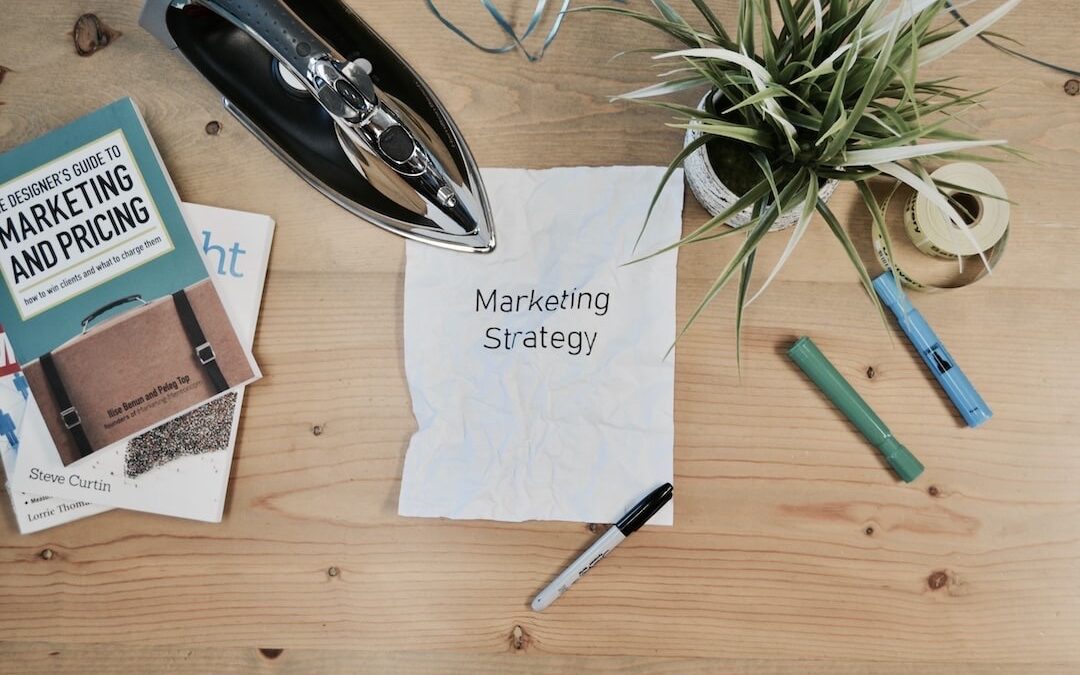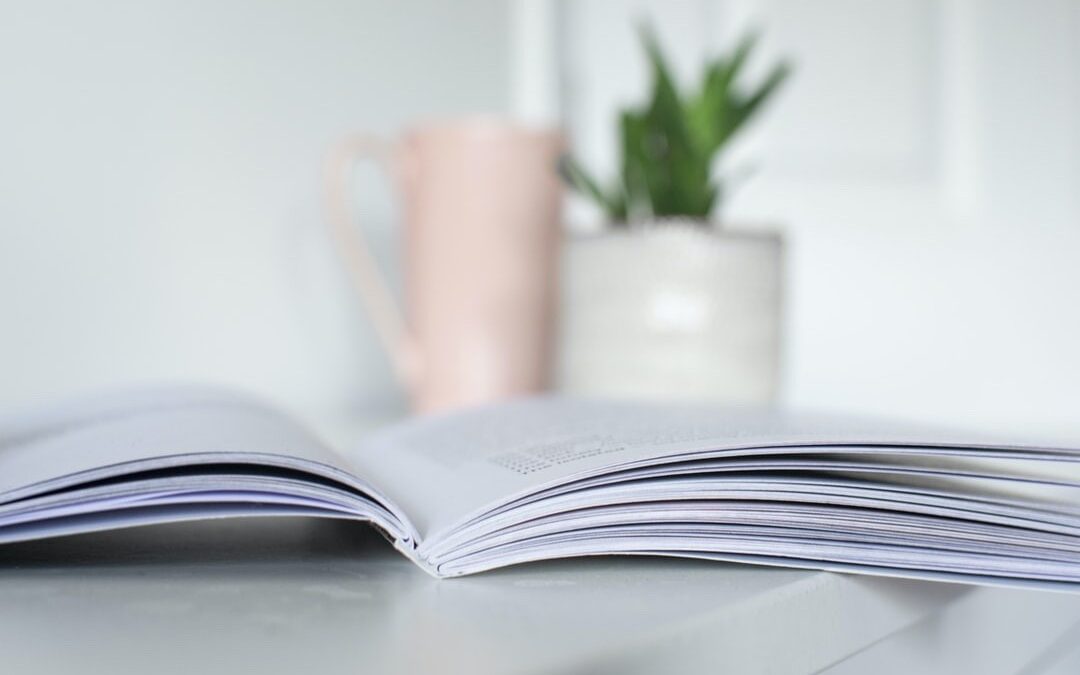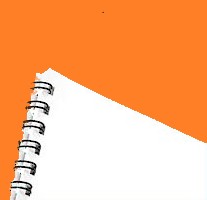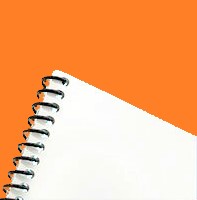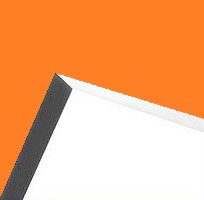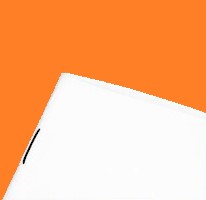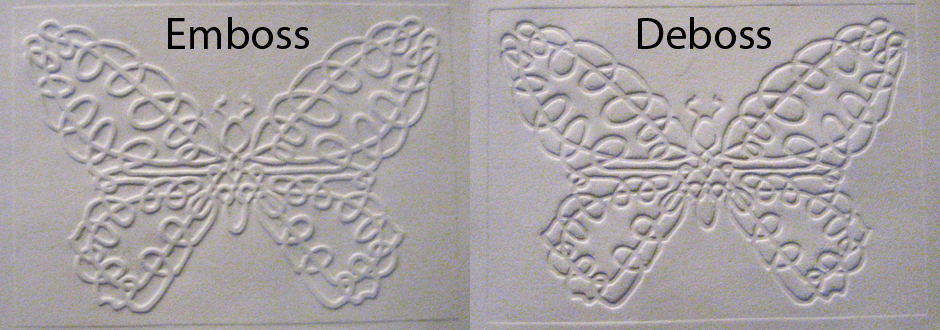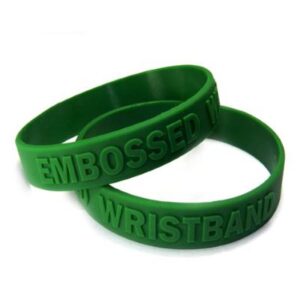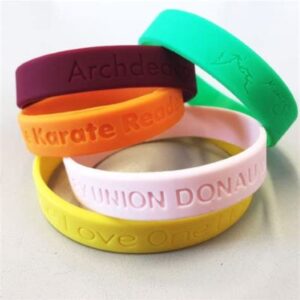
7 Benefits of Large Format Printing
Are you looking for new and exciting ways to attract customers? Cascade Print Media is here to help! Large format printing can help to attract customers in a new, fun and budget friendly way. Check out our top 7 reasons to use large format printing and its benefits.
Eye-Catching Visual Impact: Large format printing creates a powerful visual impact that captures peoples attention instantly. It can be a fun outdoor banner, a stunning tradeshow backdrop, a larger-then-life poster, or a vivid window graphic. All of thee options are hard to ignore and can effectively communicate your message, or brand, in a crowded space.
Versatility and Customization: You have endless possibilities with large format printing for customization. Size, materials and where it is displayed can all be customized to fit your needs, space, and brand style.
Cost Effective: Although grandiose in size, they don’t always come with a matching price tag. Many large format projects are cost effective and budget friendly. When compared to other advertising methods such as television or radio, large format prints offer high return on investment marketing and provides widespread exposure for a fraction of the cost.
Enhanced Brand Visibility: Usually, the larger the print, the larger the visibility. This makes them a great tool for brand recognition and exposure. Placing your brand logo or message in large format form ensures that it is seen by a larger audience and makes a memorable impression on all who see it.
Multiple Applications: One of the best things about brand recognition is the application of both indoor and outdoor. Whether for trade shows, storefront displays, office interiors or outdoor events, large format printing maintains its quality and impact, making them versatile to multiple environments and plenty of occasions.
Instant Communication: Talk about getting someone’s attention! Large format printing is hard to miss, making your brand stand out and creates a lasting impact
Durability: Large format printing are built to withstand elements, making them great for long team use. They remain vibrant and intact, even when exposed to various elements. This makes them a great investment for short term promotions or long term installations.
Thinking about a large format print for your next project? We can help! From window to wall graphics, or large banners (and we mean REALLY large) or signs, we are happy to help. Large format printing offers a dynamic tool to showcase your brand and market your business. Looking for more info? Contact us today!


